









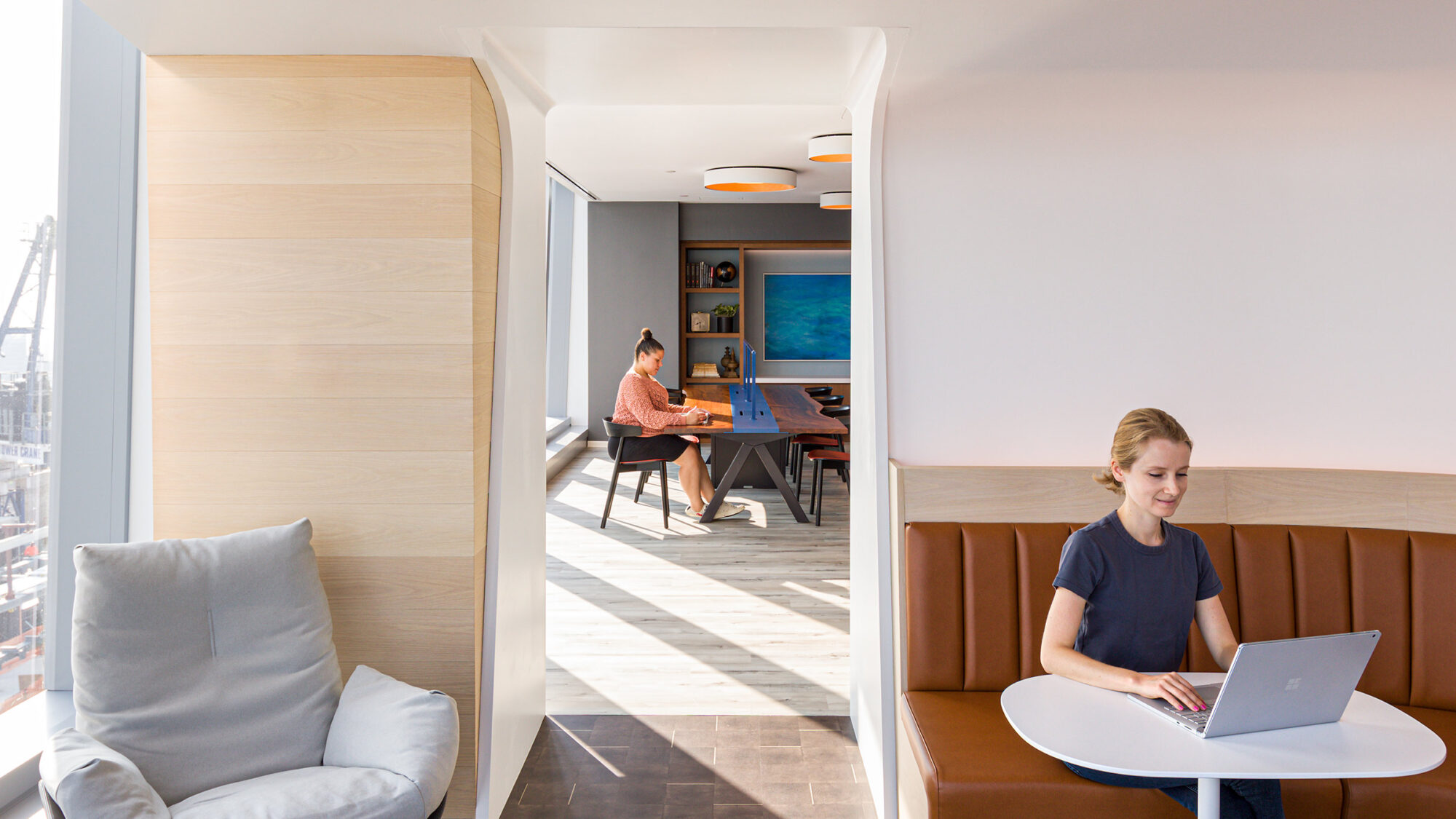
Hybrid work is fundamentally about autonomy, flexibility and freedom of choice. As companies lifted their in-office mandates during the pandemic, they had to adjust how they think about their workplaces.
In today’s climate, employers can’t take their work environments for granted. Rather, they need to continually ask themselves, “What will make people choose to show up here?”
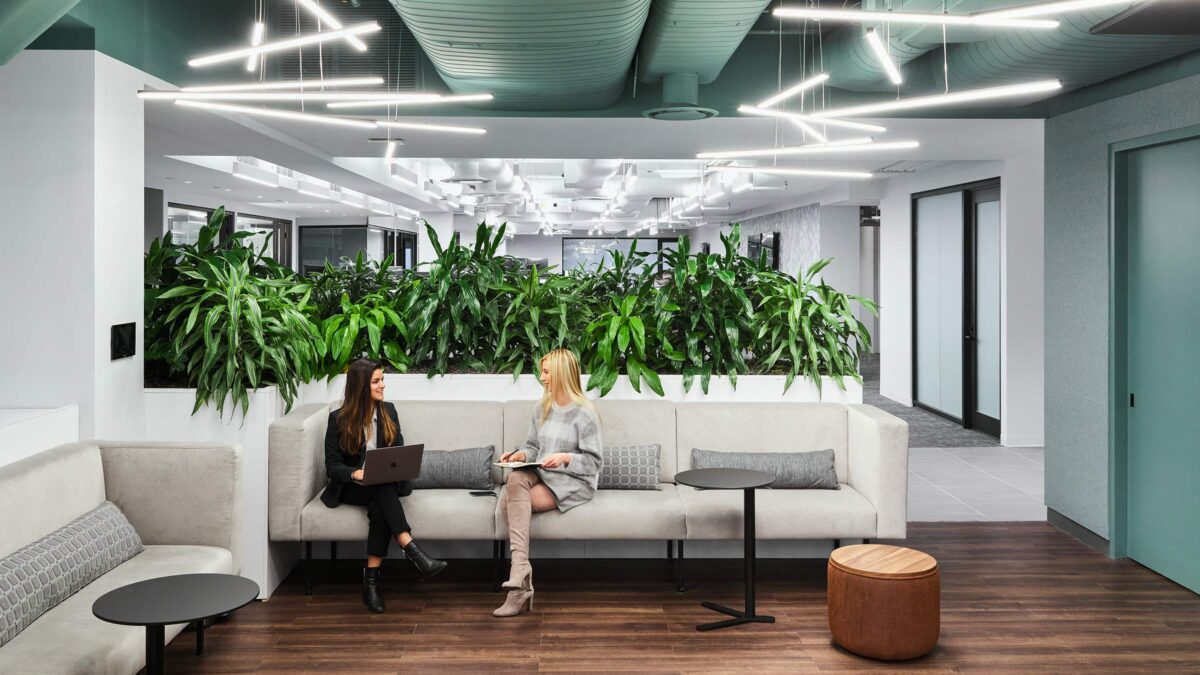
Space and technology are both critical to answering this question. The physical environment of the workplace is in the design and reality of its spaces. Technology is the glue between spaces, in-office and remote. It allows teams to communicate and collaborate.
The way organisations work has changed. The approach to a hybrid work environment must incorporate space and technology to support team members in any location. Here are some important considerations for employers who want to help teams do their best work under a hybrid model.
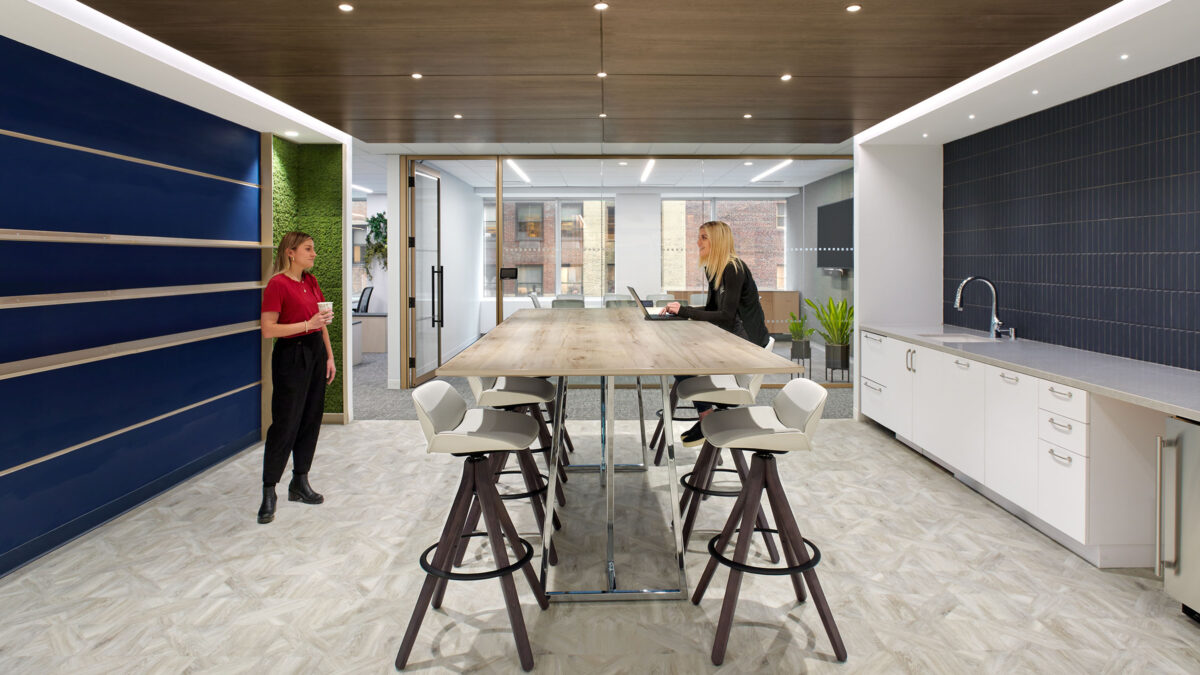
Whether at home or in the office, team members need to feel comfortable and safe. Space and technology play a nuanced but important role in creating inclusive physical and virtual work environments.
For instance, the type of lighting used in your workspace. The video meeting software you choose. These factors can have a big impact on rendering different skin tones. The right space design and technology selections can impact a team’s sense of inclusion and can ensure appropriate representation in the hybrid working environment.
The hybrid work model offers employees greater choice about how they use their time. As a result, team members often consider the type of work they are planning to do before entering a given space. An employee may come into the office for a stretch of quiet, focused work. Or, they may be there for a collaborative departmental meeting. Hybrid work environments should offer dedicated spaces to support these different activities.
The senses, especially sight and hearing, play a role in how effective a space will be for its intended purpose. Focus spaces, for example, should be placed away from high traffic areas to prevent distraction and the loss of productivity. Spaces designed for private calls or even team meetings should offer adequate privacy and minimise background noise. It’s best to take these considerations into account early in the workspace design process.
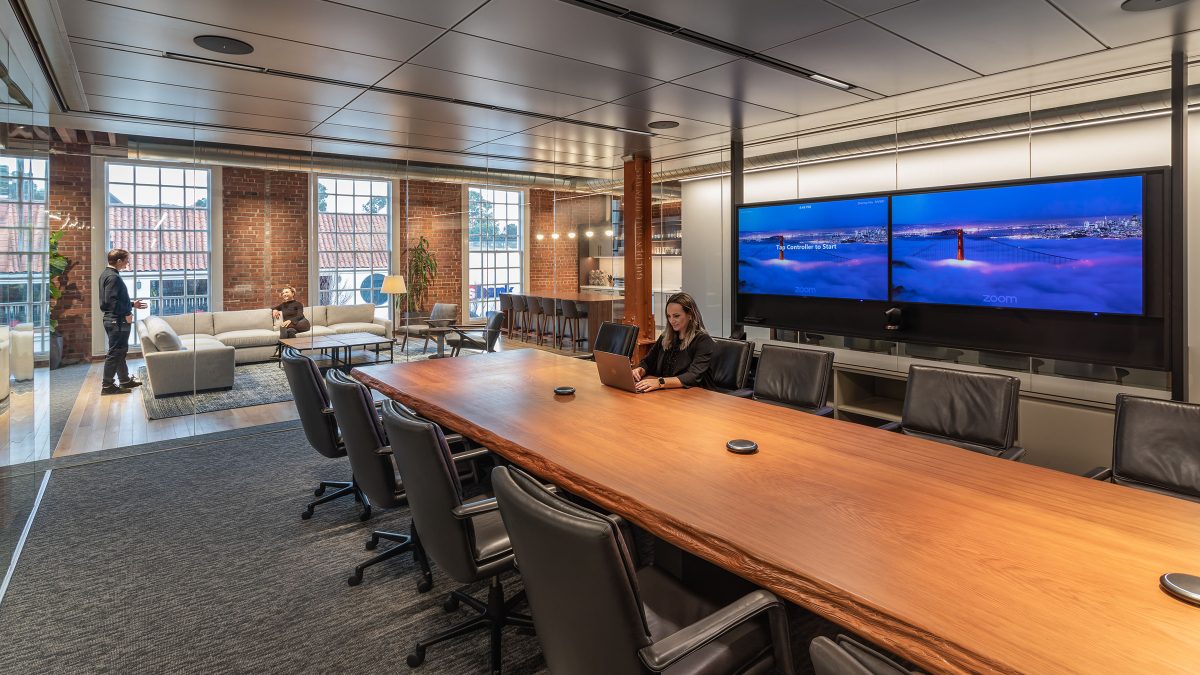
The flexibility of a hybrid work schedule can leave some team members feeling a bit like nomads: they may be working at home, in the office, or even occasionally from a third place. As a result, employees need spaces and technology that create one seamless work experience: the ability to quickly set up a laptop in any location, ready access to system networks and files, or even a store of backup equipment like keyboards in the office to minimise the equipment they need to carry around.
Collaborative spaces, too, benefit from having the right tools at the ready. Something as simple as putting a white board in a meeting space to support team brainstorming can improve communication and the flow of ideas.
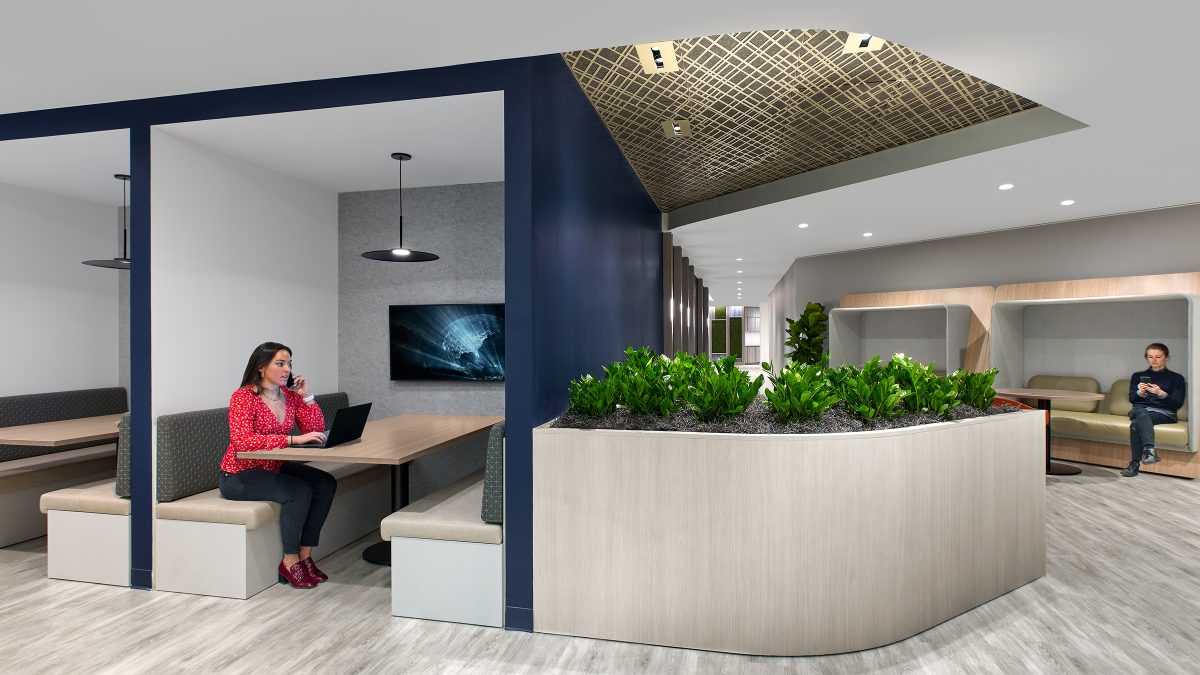
The way teams work will keep evolving—and not only because of major world events. Businesses continually change, and spaces must adapt to those changing needs. Workspaces also have to be flexible enough to accommodate rapid changes in technology, which have dramatically affected how we work in the last two decades alone.
As new software and capabilities come onto the market, companies will seek to incorporate them into their work environments. Space design needs to adapt and integrate those technologies accordingly. While that doesn’t necessarily mean creating modular workspaces where every element is freestanding, it does mean that adaptability must be included in workplace design and strategy.
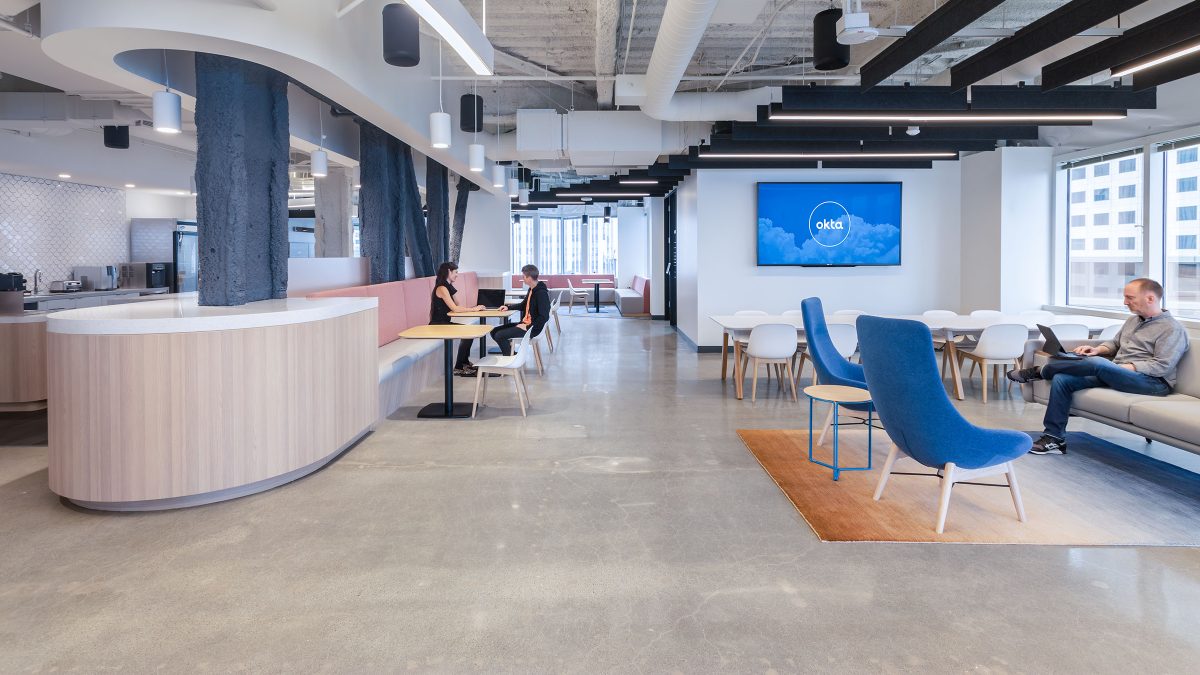
To meet the needs of their people, companies must invest time and effort into understanding how their ways of working have adjusted. We can only find answers when we ask the right questions.
Today, space and technology may contribute to challenges with the hybrid work model at your organisation. But with the right frame of reference and a willingness to make change, these elements can also be part of the solution.
Learn more about hybrid working in our latest whitepaper here.